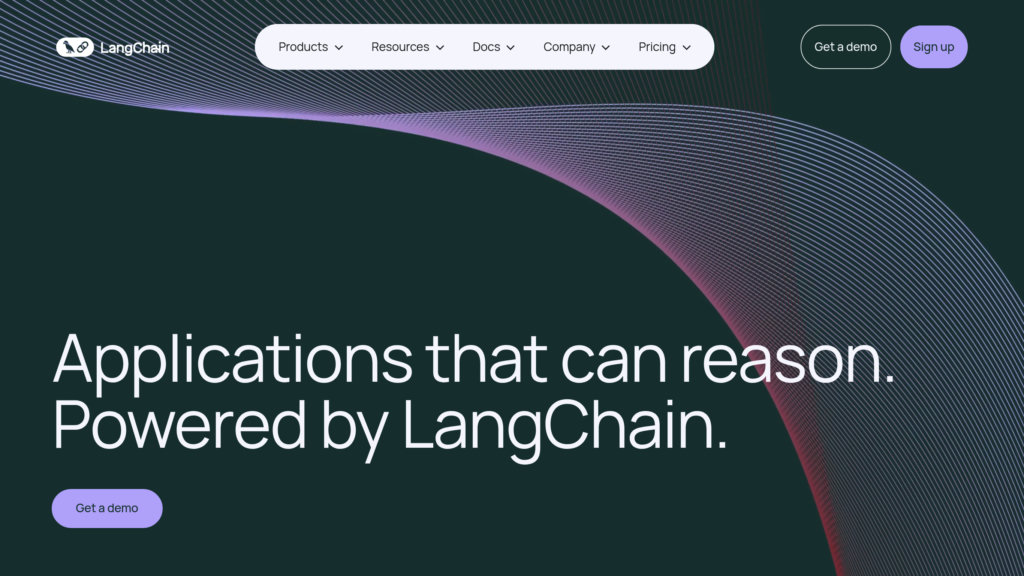LangChain
LangChain: Build and manage LLM applications with workflow tools and monitoring
Introduction
What is LangChain?
LangChain is an integrated development framework that streamlines the creation of AI solutions utilizing large language models. It features building blocks including chains for sequential processes, agents for adaptive planning, memory systems for maintaining context, and connectors to external data and tools. This framework empowers the construction of intelligent applications that merge LLM capabilities with practical data sources and API interfaces. Enhanced by LangGraph for robust agent management and LangSmith for performance tracking, LangChain covers the complete AI solution journey from prototyping to production deployment, catering to businesses of all sizes.
Key Features:
• Modular Process Chains: Assemble sophisticated AI solutions by linking LLM interactions, instruction templates, and external utilities into customizable, multi-stage sequences.
• Adaptive Agents: Deploy intelligent agents capable of determining optimal action paths in response to user requests and tool availability, enabling smart task completion.
• Context Preservation: Integrate memory components that store and retrieve dialogue history throughout sessions, ensuring consistent and relevant AI interactions.
• Broad Compatibility: Interface effortlessly with multiple LLM services, vector storage systems, API endpoints, and external datasets to expand AI functionality.
• Enterprise-Grade Management with LangGraph: Operate resilient, state-aware agent workflows at scale with human oversight capabilities and multi-agent coordination.
• Performance Insights with LangSmith: Track, analyze, and assess AI agent operations in live environments to enhance dependability and result quality.
Use Cases:
• Intelligent Customer Service: Create context-aware chatbots that understand query patterns and deliver tailored support, minimizing manual intervention.
• Corporate AI Solutions: Develop enterprise assistants that sync with organizational data and systems to streamline operations, produce analytics, and aid strategic planning.
• Intelligent Data Querying: Establish RAG infrastructures that merge LLMs with vector retrieval technology for answering intricate questions using proprietary information.
• Healthcare Efficiency: Automate clerical functions like appointment coordination and documentation handling to boost precision in medical administration.
• Rapid AI Development: Speed up the creation and deployment of LLM-based applications through standardized components and production-ready utilities.
